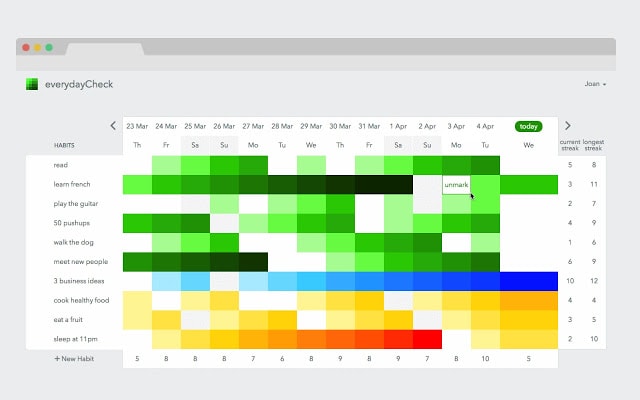Learning something new can be intimidating, frustrating, and seemingly unmanageable. It’s easy to make excuses and to think one doesn’t have enough time to learn – but it doesn’t have to be that way!
Without a doubt, one of the best ways to learn something new is by breaking down complexity into simple steps that produce repeatable results.
The idea of small repeatable steps can make learning a new piece of software a breeze – something manageable on a daily basis – which provides positive results over a longer period of time.
Whether you’re taking an online course, an in-person class, or you’re learning the software by watching YouTube videos – here are four simple tips to help you manage and successfully learn a new piece of software.
1. Come Up With a Plan

When trying to learn something new you should always come up with a plan. Start off by writing your end goals. What do you actually want to achieve?
Then, try to determine how long it will realistically take you. Remember, things always take longer than we expect. Always overshoot your timelineThe timeline lists operations performed on your design. Right-click operations in the timeline to make changes. Drag operations to change the order they are calculated. More, as you’ll be happier to get done sooner rather than later.
Tip: I’ve found it very effective to print out a piece of paper with a calendar on it. Then hang the calendar up next to or on your desk (or the place you’ll be getting most of the work done). Having your daily tasks visible will not only help motivate you, but it will give you a feeling of accomplishment as you make progress.
2. Learn A Little Each Day

I’m a big fan of the “Seinfeld Method” or the “don’t breakBreak curve entities into two or more sections. Pause the cursor over the segment to break from the overall curve. Select the curve to break. More the chain method.” If you’ve never heard of either one before, the general idea is that in order to achieve your goal(s) you should work on something relatable every single day, even if it’s only for 10 minutes. Then, after you complete the work for the day you mark it off on a calendar with a big “X.”
I like to use the Chrome plugin “Everyday” which allows me to digitally track the goals I’m working towards. The plugin is nice because it shows how many consecutive days you have worked, and it reminds you of what items you still need to finish for the day.
It’s also nice to have the calendar digital if you travel a lot or like to work from many different places. If you have one consistent workplace, such as a desk, then I highly recommend having a physical calendar that is always present.
3. Stay Focused on the Main Topic

The Power of Focus (which is a good book by the way) is one of the most important things if you want to actually see results.
It is one thing to work towards your goal(s) on a daily basis, but it’s another to stay focused and work on the key topics that will really help you excel.
Be sure to reflect weekly (or daily) to make sure that your daily actions are actually benefiting your end goal. It’s easy to get sidetracked with new software – and to want to learn advanced features before you learn the basic essentials.
4. Start Today!
We all know that Gym’s make most of their money in January from all the New Years resolution sign-ups. When people study why so many people fall through with their resolutions it often comes down to the fact that they wanted instant results.
Learning new software can be difficult – just like working out, it’s normal to want to have and know everything right away.
Accept that it takes time to learn something new, especially software, but don’t wait or you’ll keep procrastinating. Start learning something TODAY – even if you only spend 5 minutes just playing around with the software trying to familiarize yourself with the layout.

Good words of wisdom and one I have to learn
Thanks, David!